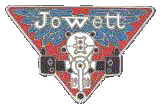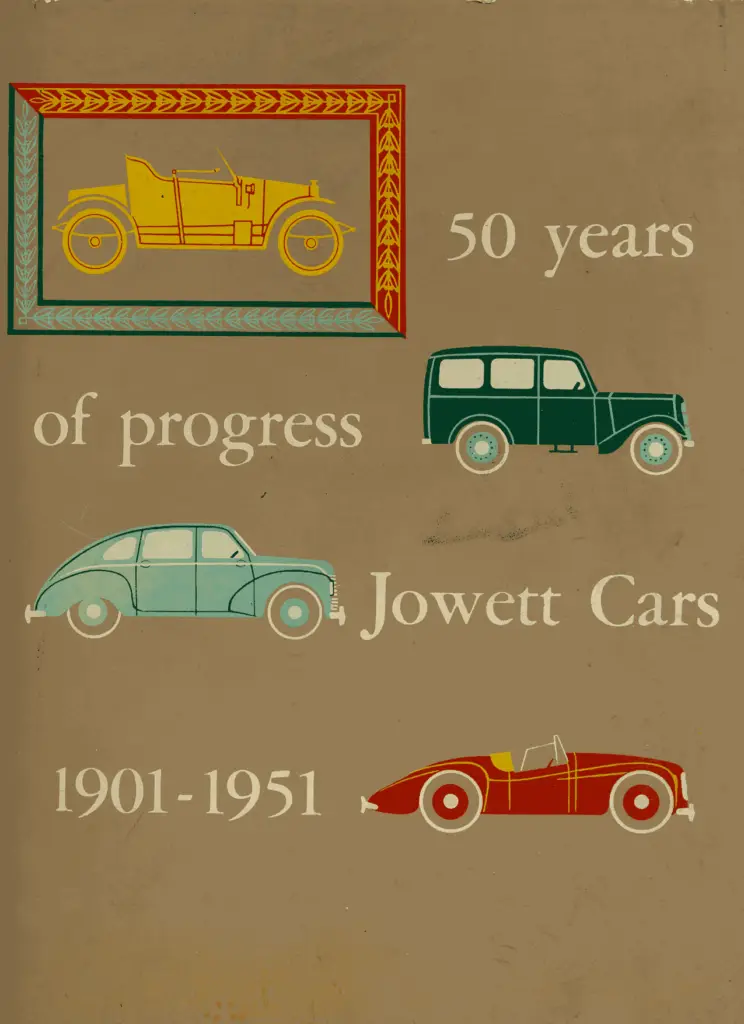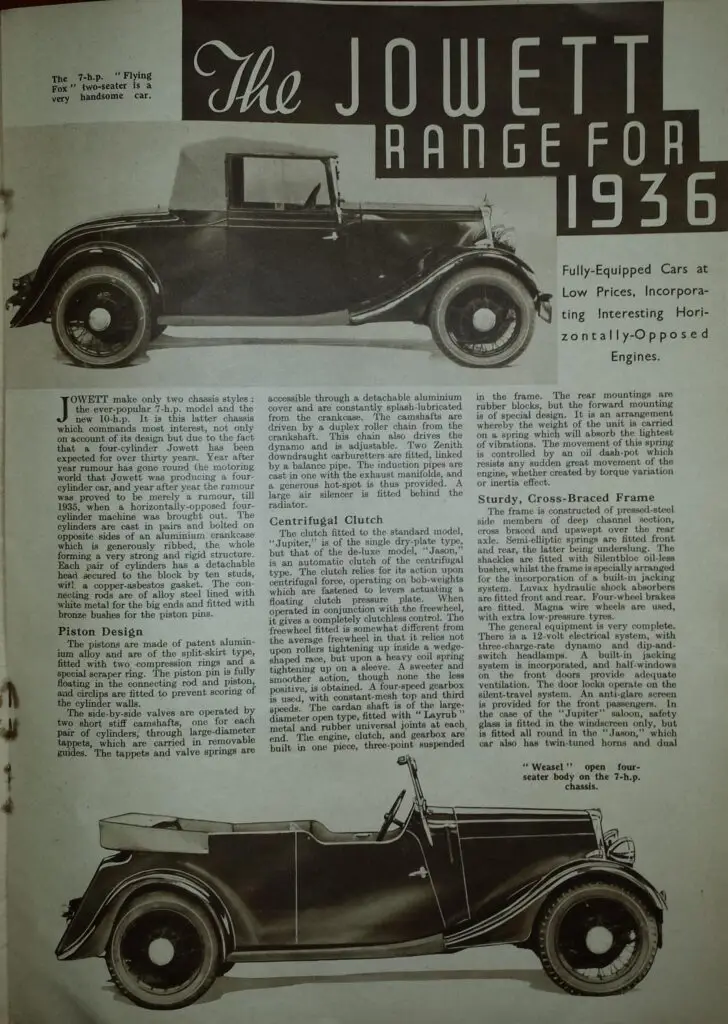Why Choose JowettTalk?
Unmatched Knowledge of Jowett Cars
01.
Comprehensive Resources
Access an extensive library of documents and conversations dedicated to Jowett cars, accumulated over decades of ownership and club membership.
02.
Community Expertise
Benefit from the collective knowledge and experience of a global community of Jowett enthusiasts who are always eager to help.
03.
Technical Support
Receive solutions and insights to technical issues from seasoned members who have encountered and resolved similar challenges.
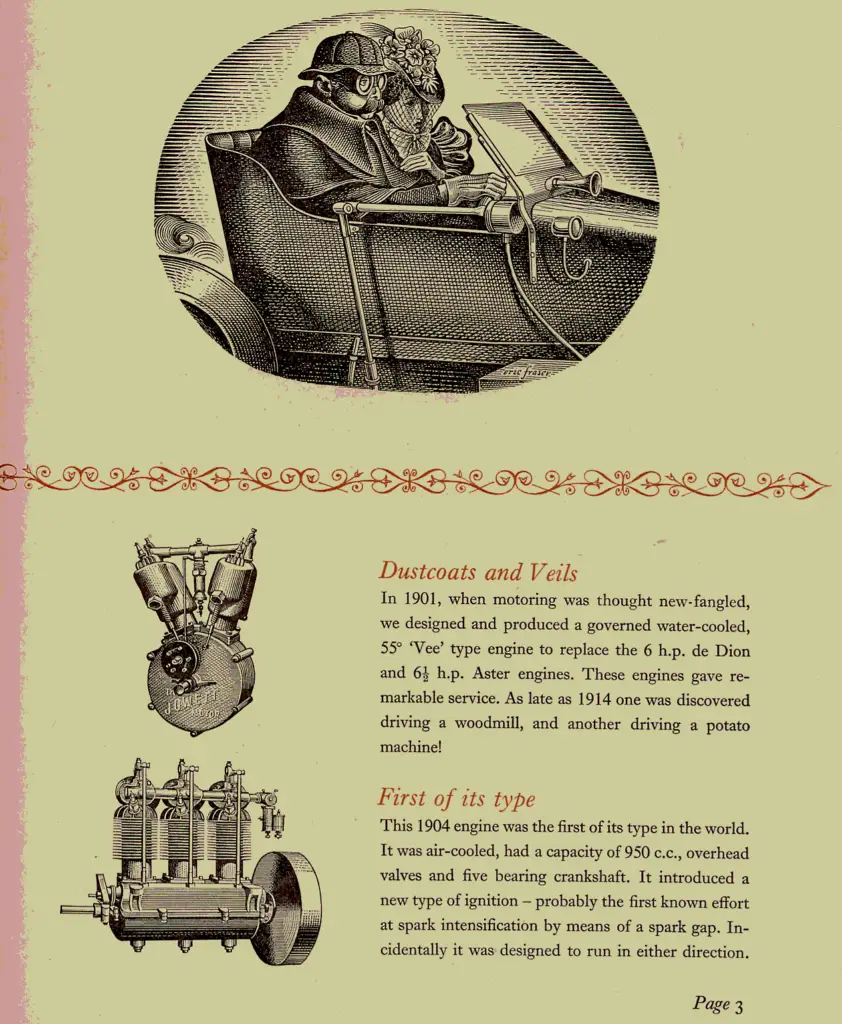
Our Mission
The Story of Jowett Archive
Founded to preserve the rich history of Jowett cars, the Jowett Archive serves as a vital resource for enthusiasts and scholars around the world. It started when I bought my Jowett Jupiter in 1969 and was put on the fledgling Internet in 1990.
What We Offer
Explore Our Unique Offerings
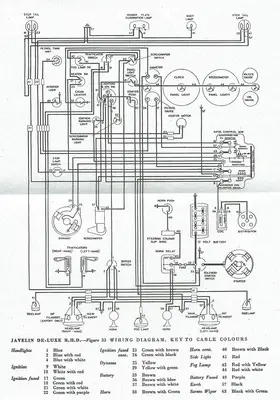
Technical Resources
Find technical discussions and solutions for Jowett car issues in the library of 10000 documents and images.
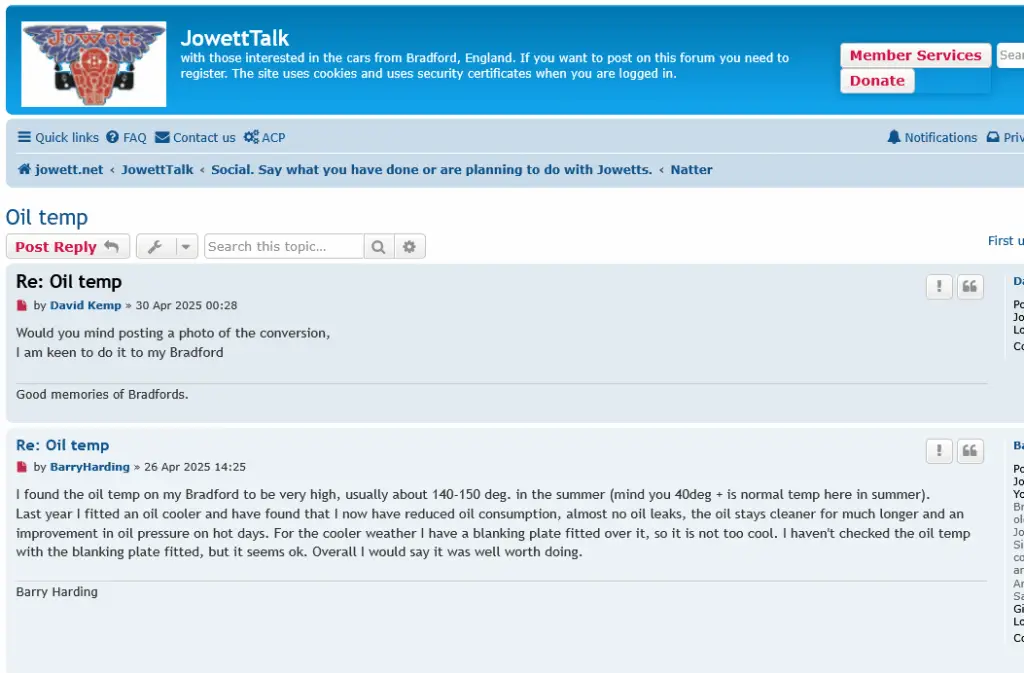
Community Engagement
Join a network of Jowett car enthusiasts on JowettTalk and search through 50000 posts over 20 years of conversations.
Member Voices
What Our Members Say
Jupiter owner
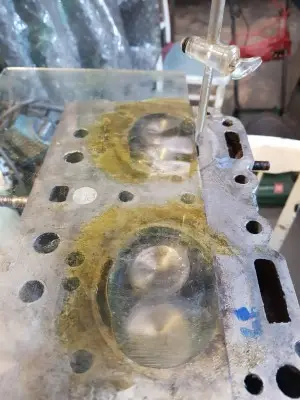
Why Choose Us
Unique Value Propositions
Discover what sets the Jowett Archive apart in serving the Jowett car community.
- Decades of Experience
- Global Network of Enthusiasts
- In-Depth Technical Knowledge
Become Part of Our Community
Join us today and dive into the rich history of Jowett cars with fellow enthusiasts.
